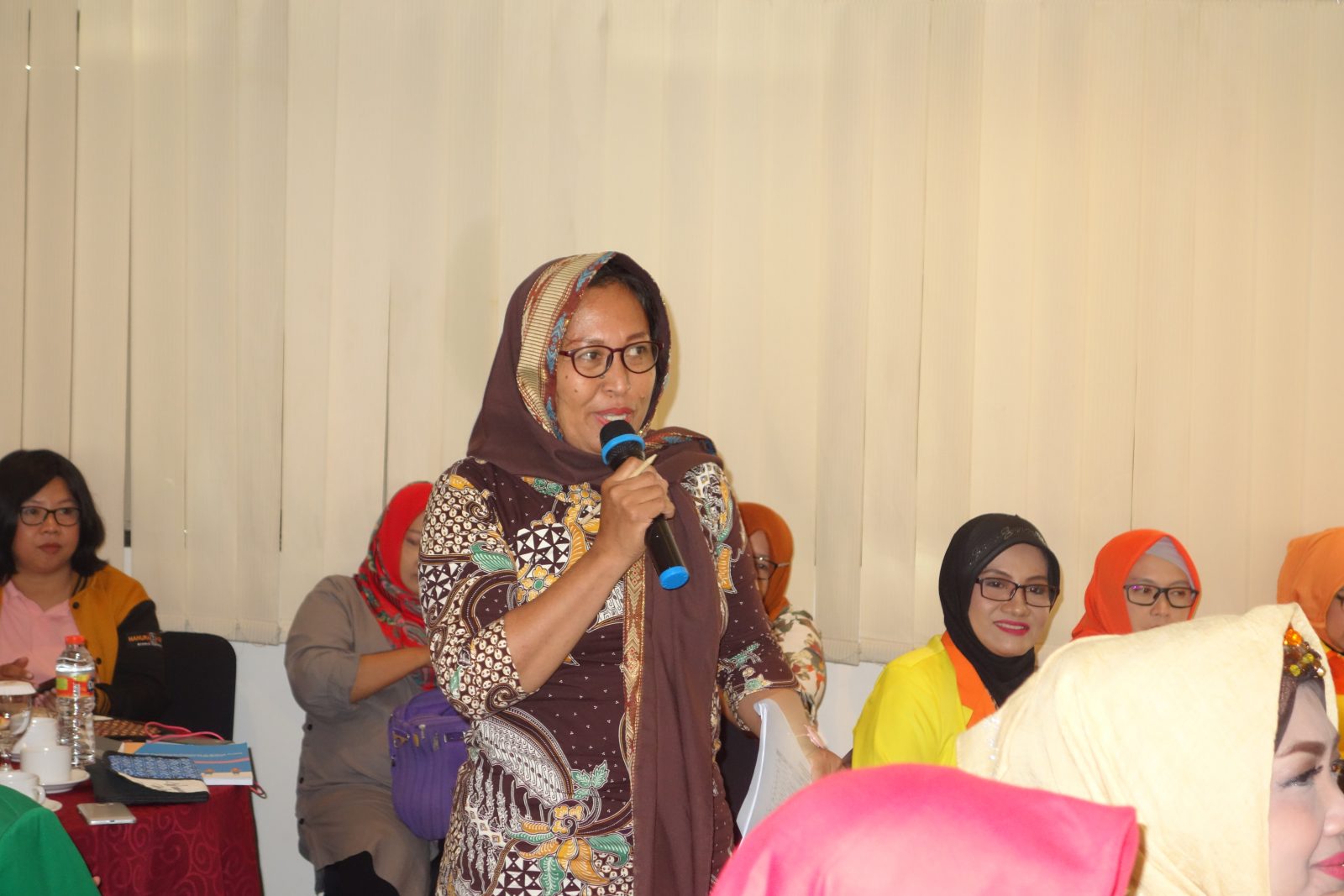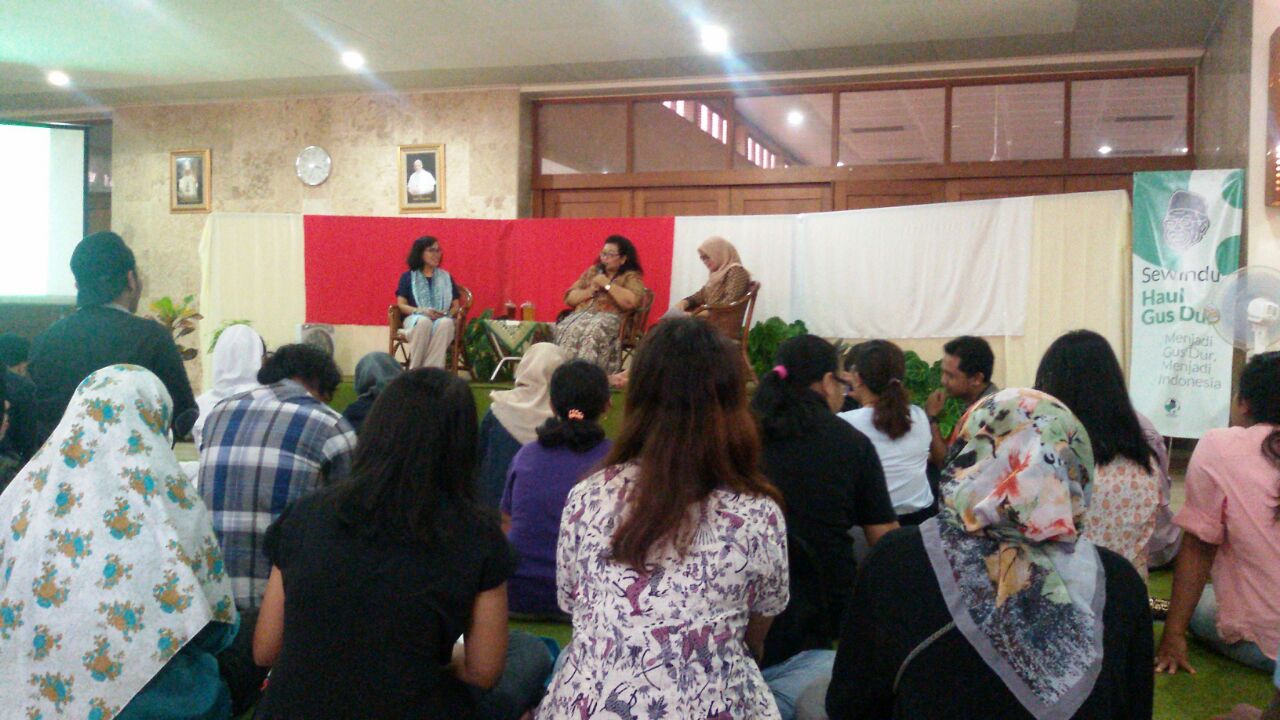In the past decade or so, Indonesia has made great strides in economic development, establishing itself as a global force and increasing its influence on the world stage. However, this rapid development, succinctly encapsulated by recent The National headline “Indonesia’s Quiet Rise as an Asian Superpower,” belies a country still struggling to address fundamental societal and political issues. With economic development often comes social progress; there is a well-established link between economic growth and greater civil rights for citizens. However, Indonesia still lags significantly behind in a key domain: gender equality. Of the gender gaps of 149 countries measured, Indonesia’s ranks 85th, putting it firmly in the bottom half. Even more worringly, despite having the highest economic output of all the Association of Southeast Asian Nations (ASEAN) countries, Indonesia has the fourth-worst gender gap, better only than Cambodia, Laos, and Myanmar. In 2019, Indonesia was declared the second-most dangerous place for women in the Asia Pacific, with studies indicating that a third of Indonesian women are subject to sexual violence in their lifetime and 10% between the ages of 15 and 49 have experienced physical and/or sexual violence by a current or former partner in the past 12 months.
These unsettling statistics may be attributable in large part to the government’s failure to prioritize the advancement of women. In fact, some government policies actively hinder progress towards gender equality. For example, households where women are secondary earners are subject to higher taxes, discouraging women from joining or remaining in the workforce. Indeed, despite comprising nearly half the population, only 53% of women work, compared to 82% of men. Those who do work can expect wages 40% lower than their male counterparts, even after controlling for education level. In urban regions, the average salary of a female employee is 2.7 million Rupiah versus the 3.5 million Rupiah a male employee earns.
The government has made some attempts at addressing this inequity. In 2019, the Indonesian parliament elected to raise the minimum age at which women can marry to 19. Prior to 2019, child marriage – which disproportionately affects women and is correlated with poverty and increased inequality – was legal for boys at 19 but, with parental consent, only 16 for girls; this meant that one in nine girls aged 20-24 was married before age 18, putting Indonesia in the top ten countries with the highest number of child brides. While raising the minimum age was an important and necessary step, it’s unfortunate that it occurred a mere four years ago.
Other attempts at reducing gender inequality have been less successful, impressive on paper but ineffective in practice. In 2000, for example, parliament ratified the Convention on the Elimination of All Forms of Discrimination Against Women and adopted the concept of gender mainstreaming. Gender mainstreaming aims to ensure that gender is considered in all programs and activities, including in the researching, writing, implementation, and evaluation of legislation, policy, advocacy, budgeting, and funding.
However, this has proven difficult to actually implement because responsibility for gender mainstreaming has fallen to institutions and agencies devoted to women’s empowerment, undermining the idea that gender sensitivity should be applied across fields, to all spheres. There is also a lack of budget transparency; the government does not release data about the amount of money allocated to gender mainstreaming efforts. Another difficulty? There is little gender-differentatiated data to draw upon, making it challenging to accurately assess the discrepancy in women’s conditions compared to men’s. This lack of progress is reflected in Indonesia’s Global Gender Gap score, which has been effectively stagnant since 2011, improving only .04 points in 9 years.
Perhaps if more women were represented in the political arena, there would be
more urgency, more attention devoted to seriously addressing disparity. According to a metric designed by McKinsey & Company, gender inequality in Indonesia is worst in the legal and political sector, and as it stands, women comprise only 21% of the Indonesian parliament.
Given Indonesia’s current focus on economic growth, policy-makers may be most compelled by the economic consequences of gender inequality. A study, also by McKinsey, found that advancing women’s equality would lead to a $135 billion improvement in 2025 above and beyond business-as-usual GDP, with increasing women’s labor-force participation rate the factor that would contribute most. Another study found that if Indonesia’s Gender Inequality Index equaled 0 – in other words, if the gap between men and women was completely eliminated – income per capita would increase by roughly 28%. Furthermore, this increase would be felt across Indonesia, not isolated to larger or more developed islands such as Java. Thus, emphasizing the economic benefits of reducing gender inequality may be the incentive policy-makers need to enact meaningful, lasting reform.
The government’s first step is more comprehensive data collection. Gender-differentiated data is needed as the basis for designing effective policies and programs targeting the specific needs of women. Without enough data to draw on, those in power are left to make assumptions about how to best address the unique challenges women face; in some cases, if there is a true dearth of research, they are even left to make assumptions about what those challenges are. Since more specific data collection is expensive and many regional governments do not have the necessary funds, it is important for the national government to allocate a greater portion of the budget to these efforts. (As it stands, it is unclear precisely how much is currently being allocated to gender parity efforts. The government would do well to make this information more accessible). Secondly, the government can eliminate tax penalties on dual-income households, which would encourage more women to join or remain in the workforce. This would give more women financial security – in some cases, perhaps even financial independence – as well as increase female representation in various sectors of the workforce. As a third step, the government could run campaigns and programs that facilitate women’s involvement in politics to ensure that women’s voices and perspectives are heard at the highest levels of decision-making. [Apprentice: Katriona, Princteon University).






Leave a Reply